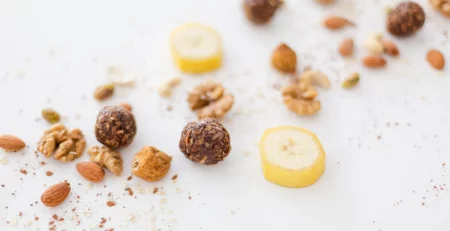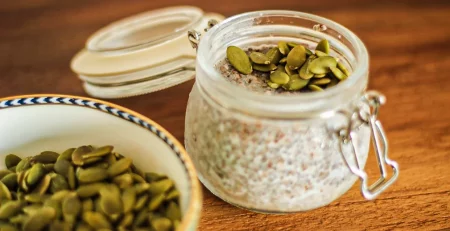Zone 2 training – Are you getting enough of your workouts in this zone?
Zone 2 training and it’s impact on metabolic health-
Zone 2 training has gained popularity in the last few years among health professionals and in the space of longevity experts.
But what does Zone 2 training mean and what really are its benefits?
Zone 2 is one of the 5 cardio heart rate zones experienced during different intensities of training. Zone 1 being the lowest and zone 5 the highest. These zones reflect how hard your cardiovascular system is being made to work by the activity you are doing- Whether it’s a weight lifting session or a run on the treadmill.
So how do we determine our zone 2 training? Zone 2 is between 60 to 70 % of the maximum heart rate and one should be able to hold a conversation without pausing. The easy method to determine max heart rate is 220- your age . Once you get your max heart rate , the 60 to 70 % effort of this max heart rate will be your training zone.
So now you might be wondering what’s all the fuss about zone 2 training?
The simplest way to explain this is that at different heart rate zones, your body uses different fuel sources to create energy for your cells. Eg – At a lower heart rate your body primarily uses fat as a fuel source( burning fat is energetically efficient than burning glucose).
At a higher zone ( typically zone 3,4 and 5) when breathing rate increases and so does your heart rate and you can no longer talk comfortably your body uses more glycogen from your muscles to supplement the fat. Having said that a good combination of both aerobic and anaerobic exercises are important for cardiovascular and overall health. So it’s absolutely vital to know the training zones to switch between different fuel sources for metabolic health.
Zone 2 training and metabolic health ( some science backed info)
- It helps increase the number and efficiency of mitochondria – Studies have shown time and again that moderate exercises help to clear out old, malfunctioning mitochondria through a process called Mitophagy. Higher quality of mitochondria have a greater capacity for fat oxidation – it helps improve insulin sensitivity and describes how well the body responds to insulin.For eg – when you eat carbs ( specially), your blood glucose levels rise above baseline and pancreas releases additional insulin , which helps the glucose into cells for energy or storage. A simple 10 mins walk post a meal ( ZONE 1 or Zone 2) will help manage blood sugar spikes.
- Zone 2 training improves oxygen capacity, heart health and longevity – When we exercise the increased breathing rate allows the body to expel waste products like carbon dioxide and brings in more oxygen for your muscles. But there is a max amount of oxygen your body can take at once. This is know as VO2 max. This is a crucial indicator of how fit you are. Training in this zone helps improve Vo2 max.
A zone 2 training can look different for different people – a brisk walk, jog, run , HIIT , cycling etc. The idea is to keep the heart rate low enough ( use a fitness watch – highly recommend that)to have a conversation and that you can sustain the exercise for 20 mins at least. Most importantly find a workout that you enjoy and can sustain effortlessly. Most often I have found (myself included) people either go too fat or too slow with their workout intensities. Finding the heart rate zone which taps into fat burning and overall improves metabolic health is very important for both our physical and mental health.
PS – I personally get a lab test done every year for my heart rate zones – a lot of my sessions are in Zone 2 training but I most definitely mix it up with outdoor HIIT sessions.
Stay healthy,
Swati
References
https://www.sciencedirect.com/science/article/pii/S0735109700010548
https://physoc.onlinelibrary.wiley.com/doi/10.1113/JP278853
https://www.ncbi.nlm.nih.gov/pmc/articles/PMC8321821/
https://www.ncbi.nlm.nih.gov/pmc/articles/PMC8321821/












Leave a Reply